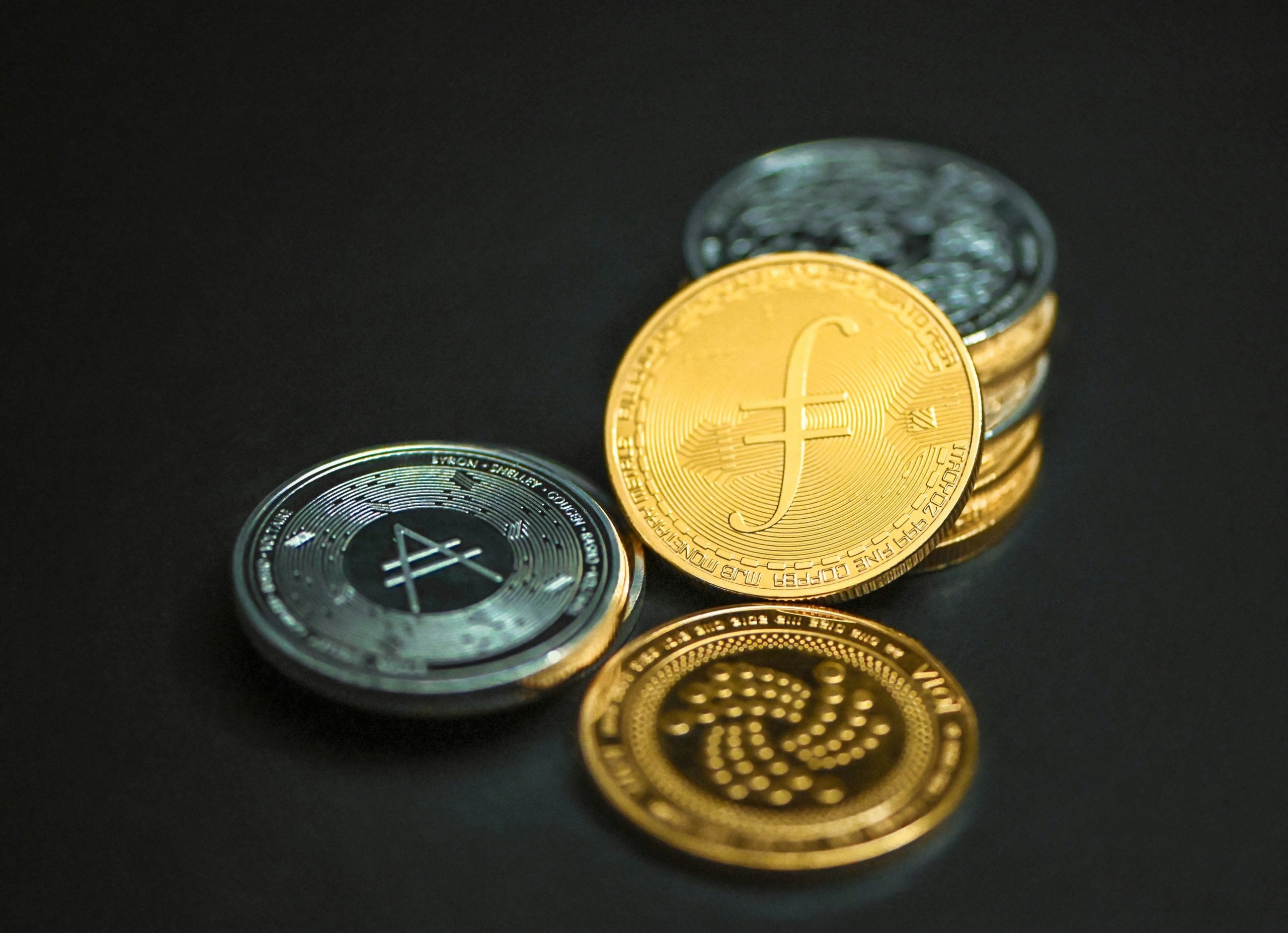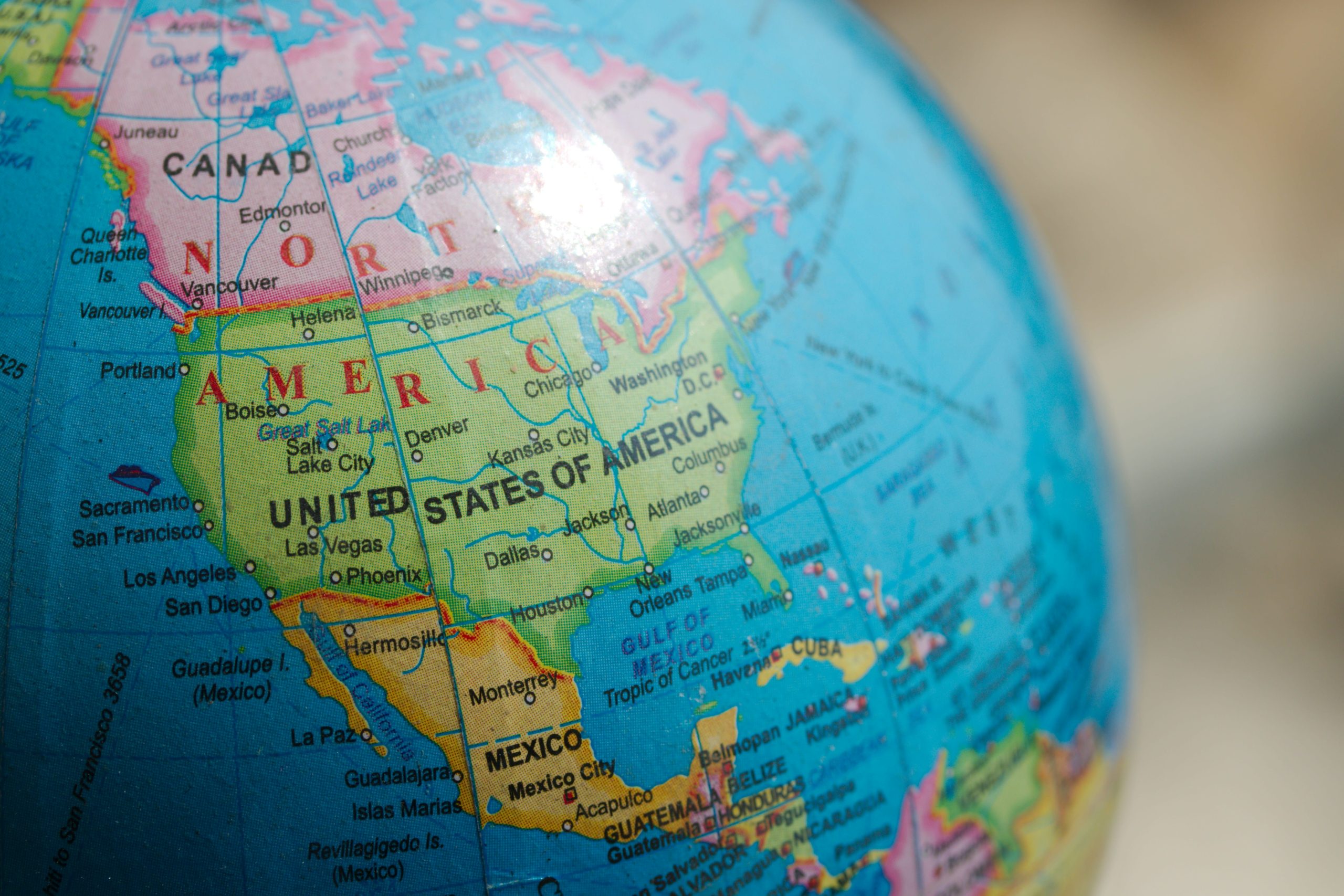Cryptocurrency Trends and Adoption Rates Across the Americas: A 2024 Market Analysis
Honestly, I never thought I’d be writing about cryptocurrency adoption rates across an entire continent. Back in 2017, when Bitcoin was hitting those crazy highs, most of us in the financial sector were still pretty skeptical about the whole thing. Yet here we are in 2024, and the landscape has completely transformed—especially across the Americas.
What’s particularly fascinating is how different countries have approached digital assets. While the United States grappled with regulatory uncertainty for years, countries like El Salvador made Bitcoin legal tender1. Meanwhile, Brazil quietly built one of the world’s most robust crypto ecosystems. The diversity of approaches has created this incredibly rich tapestry of adoption patterns that I find genuinely exciting to analyze.
Key Investment Considerations
Risk Warning: Cryptocurrency investments carry substantial risk of total loss. Market volatility can result in significant financial losses. This analysis is for educational purposes only and should not constitute financial advice. Always consult with qualified financial advisors before making investment decisions.
Regional Adoption Overview: A Tale of Three Markets
The Americas present three distinct cryptocurrency adoption narratives that I’ve been tracking closely. North America leads in institutional adoption and regulatory clarity—though that clarity came painfully slowly. Latin America shows the highest retail adoption rates, driven largely by economic necessity and remittance needs. South America? It’s become the testing ground for some of the most innovative crypto applications I’ve encountered.
According to recent studies2, cryptocurrency ownership in the Americas has reached approximately 12.3% of the adult population as of late 2023. But here’s where it gets interesting—that number varies dramatically by region. In countries like Argentina and Venezuela, adoption rates exceed 25%, while in more stable economies like Canada, we’re looking at around 8-10%.
Did You Know?
El Salvador’s Bitcoin adoption experiment has resulted in approximately 70% of the population having some form of crypto wallet, though actual usage for daily transactions remains around 20%. This gap between ownership and utilization reflects broader adoption challenges across the region.
From my perspective, the most compelling trend is the generational divide. Millennials and Gen Z are driving adoption at rates that honestly surprise even seasoned market analysts3. Among 25-34 year-olds across major American cities, crypto ownership approaches 30%. Compare that to the 55-plus demographic, where adoption barely reaches 5%.
The infrastructure development has been remarkable to witness. Payment processors, exchanges, and wallet providers have built systems that would have been unthinkable just five years ago. I remember when buying Bitcoin required navigating sketchy exchanges and praying your transaction wouldn’t disappear into the ether. Now? My neighbor in suburban Toronto uses a crypto debit card for her weekly grocery shopping.
Market Leaders and Emerging Trends
Let me be completely honest about something that initially puzzled me: the United States isn’t necessarily leading crypto adoption in the Americas. Sure, we’ve got the largest institutional investments and the most sophisticated trading infrastructure, but in terms of actual population adoption? We’re getting schooled by our southern neighbors.
| Country | Adoption Rate (%) | Primary Use Case | Regulatory Status |
|---|---|---|---|
| Venezuela | 32.1% | Inflation hedge | Regulated |
| Argentina | 28.6% | Store of value | Restricted |
| Brazil | 16.8% | Investment | Regulated |
| United States | 13.2% | Investment | Evolving |
What really strikes me about these numbers is the motivation behind adoption. In Venezuela and Argentina, people aren’t buying crypto because they read about it on Reddit—they’re doing it because their national currencies are failing them4. That’s a fundamentally different adoption driver than what we see in North America, where crypto is often viewed as a speculative investment or portfolio diversifier.
Brazil deserves special mention here because they’ve built something genuinely impressive. Their Central Bank Digital Currency (CBDC) pilot program, combined with robust private sector innovation, has created an ecosystem that balances innovation with consumer protection5. I’ve been following their approach closely, and it’s becoming a model for other countries in the region.
The institutional adoption story is equally fascinating. While retail adoption surges in Latin America, institutional adoption remains concentrated in North America. Canadian pension funds, US hedge funds, and Mexican banks are allocating capital to crypto assets at unprecedented levels. The contrast is stark—individual citizens in the south are using crypto for survival, while institutions in the north are using it for growth.
Stablecoin Dominance
Here’s something that might surprise you: stablecoins actually dominate crypto usage across much of the Americas. USDC and USDT transactions account for approximately 60% of all crypto activity in the region6. This makes perfect sense when you consider that most people aren’t trying to get rich quick—they’re trying to preserve value and facilitate payments.
- Cross-border remittances using stablecoins save 60-80% compared to traditional money transfers
- Small businesses in high-inflation countries use stablecoins for invoicing and payments
- Freelancers and remote workers prefer stablecoin payments for international contracts
- E-commerce platforms increasingly accept stablecoin payments for cross-border transactions
The remittance market alone represents a massive opportunity. With over $150 billion in annual remittances flowing into Latin America7, even a small percentage shift to crypto-based solutions represents billions in transaction volume. And frankly, the user experience has improved dramatically—sending money from New York to Mexico City now takes minutes instead of days.

Regulatory Landscape: The Great Divergence
If there’s one thing that keeps me up at night when analyzing crypto markets, it’s the regulatory uncertainty. Actually, let me correct that—it’s not uncertainty anymore. It’s the sheer complexity of navigating 35 different regulatory frameworks across the Americas. Each country has taken a distinctly different approach, and the results are fascinating from an academic perspective, though occasionally frustrating from a practical one.
The United States finally provided some clarity with recent SEC guidance8, but honestly, it came years later than most industry participants hoped. Meanwhile, countries like El Salvador and the Central African Republic made headlines with their Bitcoin adoption, though the practical implications remain mixed. El Salvador’s approach has been particularly interesting to watch—bold in theory, challenging in execution.
Regulatory Risk Assessment
Regulatory changes can significantly impact crypto asset values and accessibility. Recent enforcement actions have demonstrated that regulatory shifts can occur rapidly and with substantial market impact. Investors must consider regulatory risk as a primary factor in crypto allocation decisions.
The Progressive Adopters
Some countries have embraced crypto regulation in ways that actually enhance market development. Brazil’s approach particularly impresses me—they’ve created a framework that protects consumers while fostering innovation. Their crypto exchange regulations, implemented in 2022, have increased market transparency without stifling growth9.
Mexico presents an interesting case study. Despite initial resistance from the central bank, private sector adoption has continued growing. Mexican fintech companies have developed workarounds that comply with regulations while still serving crypto-interested consumers. It’s a testament to market demand finding a way, even within restrictive frameworks.
- Regulatory clarity increases institutional adoption by 40-60% within 18 months
- Countries with comprehensive frameworks see higher compliance rates and lower fraud
- Progressive regulation attracts crypto businesses and talent migration
- Clear tax guidelines reduce enforcement costs and improve revenue collection
Canada deserves recognition for their measured approach. Rather than rushing to embrace or reject crypto, they’ve built a regulatory framework that evolves with market developments. Their spot Bitcoin ETF approval in 2021 preceded similar US approvals by nearly three years10. Sometimes patience and methodical policy development wins the race.
Enforcement Challenges
Here’s something that doesn’t get enough attention: enforcement capacity varies dramatically across the Americas. While the US has sophisticated tools for tracking crypto transactions, many Latin American countries lack the technical infrastructure for effective oversight. This creates interesting arbitrage opportunities, but also significant compliance risks for multinational operations.
The cross-border nature of crypto transactions makes enforcement particularly challenging. A transaction might originate in Argentina, process through servers in Canada, and settle in the United States. Which jurisdiction applies? These questions are being answered case by case, creating precedents that will shape the industry for years to come.
Anti-money laundering (AML) compliance represents another major challenge. Traditional AML frameworks weren’t designed for pseudonymous digital assets that can move across borders instantly. Financial institutions are investing heavily in blockchain analytics tools, but the cat-and-mouse game between compliance and privacy continues evolving11.
Looking ahead, I expect regulatory convergence around certain core principles—consumer protection, AML compliance, and tax reporting. But the implementation details will likely remain diverse, reflecting different economic priorities and institutional capabilities across the region.
Future Market Projections and Strategic Implications
Predicting crypto adoption trends feels a bit like trying to forecast weather patterns during a hurricane—there are so many variables that even sophisticated models struggle with accuracy. That said, certain patterns are becoming clear, and I think we can make some reasonable projections about where the Americas are heading.
The most compelling trend I’m seeing is the maturation of infrastructure. Payment processors, custody solutions, and user interfaces have reached a level of sophistication that eliminates many traditional barriers to adoption. When my 65-year-old uncle can buy Bitcoin through his bank’s mobile app, we’ve crossed a significant threshold12.
Central Bank Digital Currencies (CBDCs) represent the next major inflection point. At least twelve countries across the Americas are actively developing or testing CBDCs13. These aren’t necessarily competitors to cryptocurrencies—they’re complementary technologies that could accelerate overall digital asset adoption by familiarizing populations with digital money concepts.
Investment Outlook Summary
Based on current trends, crypto adoption in the Americas is expected to reach 25-30% by 2027. However, this growth comes with significant risks including regulatory changes, market volatility, and technological challenges. Diversification remains crucial for any crypto allocation strategy.
Emerging Technologies and Use Cases
The next wave of adoption will likely be driven by specific use cases rather than speculative investment. Decentralized finance (DeFi) protocols are already processing billions in transactions across the Americas, primarily for lending, borrowing, and yield generation. But the real excitement is in applications we haven’t fully explored yet.
- Supply chain transparency for agricultural exports from South America
- Micropayments for content creators and digital services
- Tokenized real estate for fractional ownership opportunities
- Carbon credit trading through blockchain-based marketplaces
- Cross-border healthcare record management and verification
What genuinely excites me is the potential for financial inclusion. Approximately 190 million adults across the Americas remain unbanked or underbanked14. Crypto-based solutions could provide these individuals with access to savings, credit, and investment opportunities that traditional banking systems have failed to deliver.
However, let’s be realistic about the challenges ahead. Scalability remains a significant issue for most blockchain networks. Environmental concerns about energy consumption continue generating legitimate criticism. And the user experience, while improved, still requires more technical knowledge than most consumers possess.
From my perspective, the most sustainable path forward involves gradual integration rather than revolutionary disruption. The countries and companies that succeed will be those that thoughtfully blend crypto capabilities with existing financial infrastructure, rather than attempting to replace everything overnight.
Final Investment Considerations
Cryptocurrency markets remain highly volatile and speculative. This analysis should not be considered investment advice. Always conduct thorough research, consider your risk tolerance, and consult with qualified financial advisors before making any investment decisions. Never invest more than you can afford to lose entirely.
The Americas are positioned to play a defining role in global crypto adoption. With diverse economic conditions, regulatory approaches, and technological capabilities, the region serves as a natural laboratory for different crypto applications. Whether you’re an investor, entrepreneur, or simply curious observer, the next few years will be absolutely fascinating to watch unfold.
References



